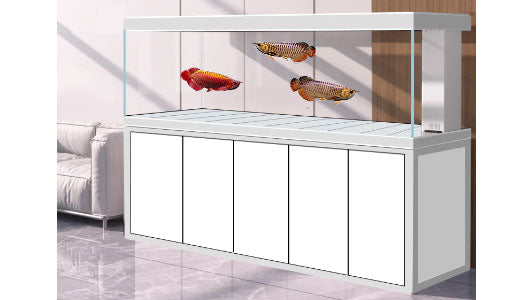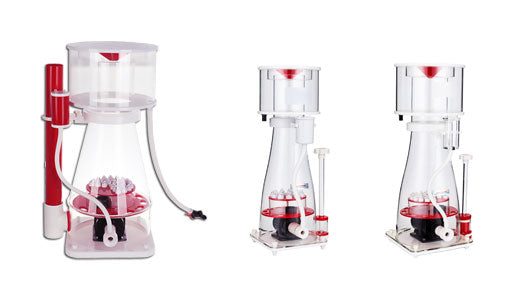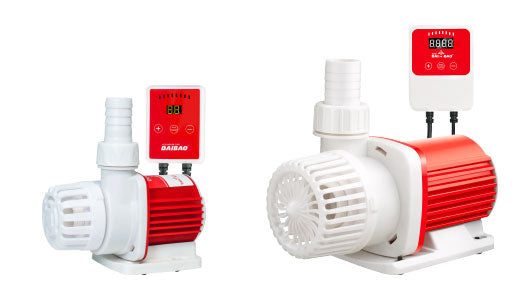
What is Hydroponics?
Hydroponics, a groundbreaking method of growing plants without soil, has emerged as a transformative solution for modern-day agriculture. By providing plants with a carefully balanced nutrient-rich water solution, hydroponics maximizes growth potential and minimizes resource consumption. As interest in sustainable living and self-sufficiency grows, setting up small-scale hydroponic systems in homes has become an enticing option. In this article, we will delve into what hydroponics is and explore compelling reasons why individuals should consider embracing this innovative approach to cultivate fresh produce right in the comfort of their own homes.
Understanding Hydroponics:
Hydroponics is a cultivation technique that allows plants to thrive by directly absorbing essential nutrients dissolved in water. By eliminating the need for soil, this method offers several advantages. Nutrient delivery is precisely controlled, ensuring plants receive optimal nourishment for accelerated growth. Furthermore, hydroponic systems can be designed to use water more efficiently, reducing consumption compared to traditional soil-based farming methods.

Image from Alex Love
Reasons to Embrace Small-Scale Hydroponics Systems at Home:
- Year-Round Harvests: With hydroponics, you can grow plants regardless of the season. By providing a controlled indoor environment, you can cultivate fresh produce consistently throughout the year. This ensures a steady supply of homegrown vegetables and herbs, enhancing the overall quality of your diet while helping you save some money.
- Space Efficiency: Hydroponics allows for vertical farming, making the most of limited space. Whether you live in a small apartment or have a modest backyard, setting up a compact hydroponic system enables you to optimize vertical growth and maximize the use of available area. This makes it an ideal choice for those in cities with limited gardening space.
- Resource Conservation: Hydroponics is known for its efficient use of resources. By recycling water within the system, it minimizes water waste compared to traditional soil-based agriculture, where irrigation often leads to significant losses. Additionally, hydroponics requires less land and eliminates the need for pesticides, making it an environmentally friendly alternative.
- Enhanced Plant Health: In a hydroponic setup, plants receive the precise nutrients they need, resulting in faster growth and improved overall health. The absence of soil reduces the risk of soil-borne diseases, pests, and weeds, making hydroponics a cleaner and more reliable method of cultivation. With optimal conditions, plants can flourish and produce higher yields.
- Freshness and Flavor: There is a misconception that hydroponics will produce worse tasting plants. If your hydroponics system is properly set up, this is far from the case. Harvesting your own homegrown produce ensures unparalleled freshness and flavor. With hydroponics, you can pick fruits, vegetables, and herbs at their peak ripeness, maximizing nutritional value and taste. Enjoy the satisfaction of consuming food that you have nurtured from seed to plate.
Types of Hydroponics Systems
There are various hydroponics techniques to ensure efficient delivery of nutrient solutions to your plants. These methods differ in terms of investment requirements and complexity levels. Below, we have outlined five different approaches to consider:
Deepwater Culture
Deepwater culture, also referred to as the reservoir method, is considered one of the simplest approaches in hydroponics. In this method, plant roots are directly suspended within the nutrient solution. To prevent drowning, growers need to employ an aquarium air pump to oxygenate the solution, ensuring optimal conditions for plant growth.
Drip System
In a drip system, a controlled and gradual supply of nutrient solution is administered to the hydroponic medium. This is achieved by utilizing a slow-draining substrate such as rock wool, coconut coir, or peat moss.
Aeroponics
Aeroponics relies on the suspension of roots in the air while misting them with the nutrient solution. This method fosters growth by effectively exposing the roots to a fine spray or mist, which can be achieved using either a pond fogger or a fine spray nozzle.
Nutrient Film Technique
This method relies on the absorption of oxygen from the air as a continuous flow of nutrient solution is circulated over the roots of the plants. To effectively implement this technique, it is necessary to grow the plants on a gentle slope, allowing the solution to flow downwards. While this setup may initially appear demanding, the accelerated growth rate achieved through this method makes it highly worthwhile!
Wicking
Among the various hydroponic methods, this particular approach is considered the easiest and most economical. It involves connecting the plant and nutrient solution reservoir through a wick, allowing a gradual feeding process. Absorbent materials, such as cotton, are commonly used as the medium, facilitating the slow movement of water and nutrient solution to the plant.
What plants can I grow with hydroponics?
Hydroponics offers the opportunity to grow a wide range of plants, whether they are houseplants, herbs, or vegetables.
Implementing a hydroponic gardening system provides the advantage of year-round access to fresh vegetables. By cultivating them in a controlled environment, it becomes possible to grow certain vegetables even during their off-season.
Lettuce, strawberries, basil, tomatoes, and cucumbers are among the top choices for hydroponic cultivation. These plants thrive in such systems, ensuring a bountiful harvest.
Herbs, in particular, can greatly benefit from vertical gardening systems. This setup allows for convenient access to fresh herbs at any time, making them readily available for last-minute meal preparations.
Furthermore, hydroponics offers an excellent solution for growing vegetables in small spaces. Thanks to the accelerated growth and optimized conditions, vegetables can go from farm to table in as little as 48 hours, providing a truly fresh and rewarding experience.
So now you’ve got the basics of hydroponics down. Depending on what your goals are, you’ll need to research and plan accordingly. And don’t let yourself be discouraged by all the new information to learn! Hydroponics can be as easy as you need it to be. Stay tuned for more hydroponics and gardening guides from us here at AquaDream.



 Aquariums & Supplies
Aquariums & Supplies


 Coral Reef Aquariums & Supplies
Coral Reef Aquariums & Supplies


 Garden & Hydroponics & Landscape
Garden & Hydroponics & Landscape


 Ponds & Fountains & Waterfalls
Ponds & Fountains & Waterfalls


 Drum Pond Filter
Drum Pond Filter



 Community
Community



 Help Center
Help Center
